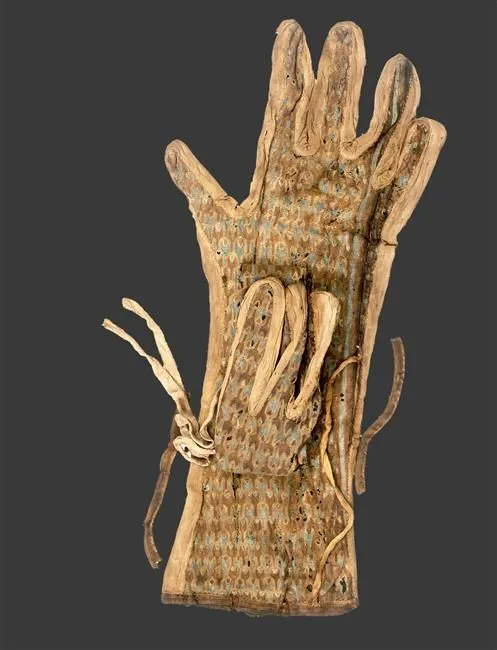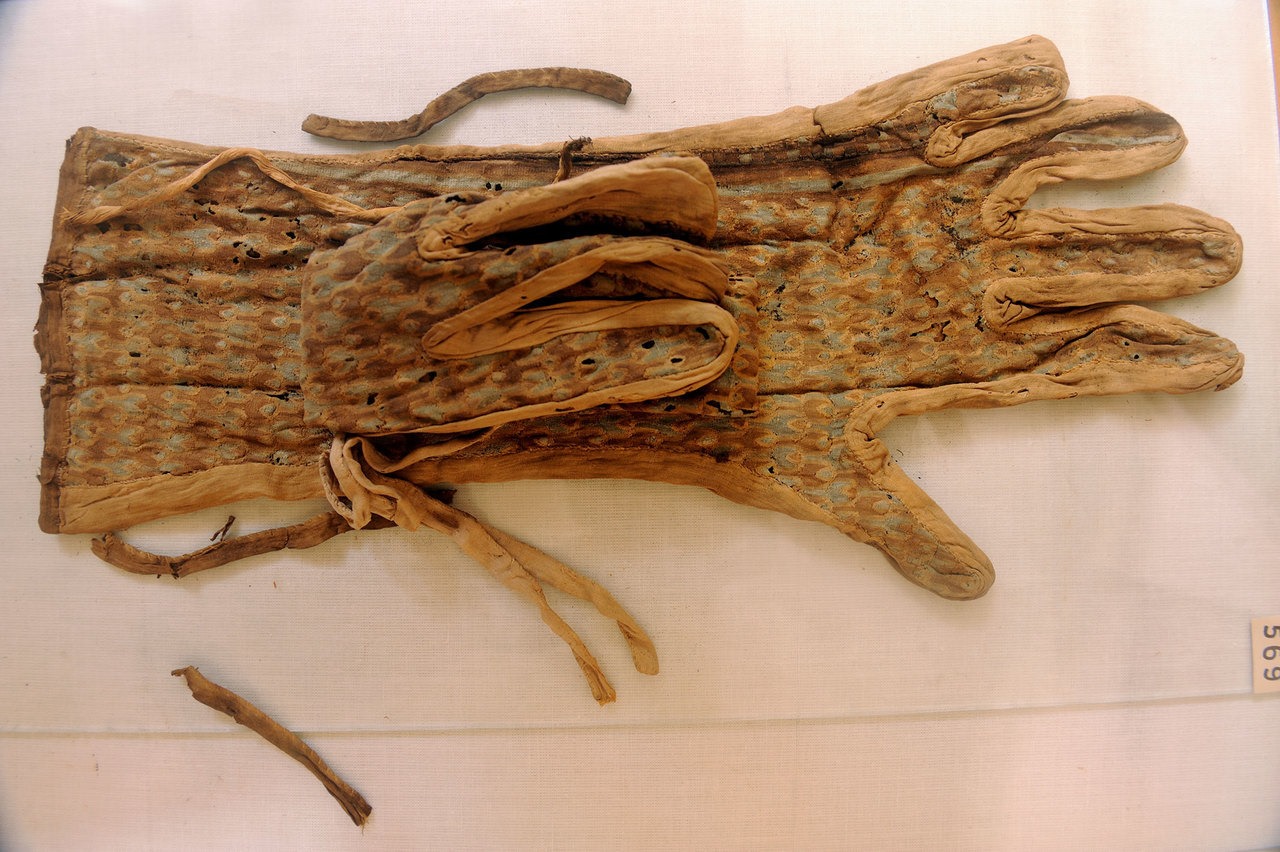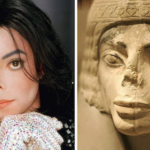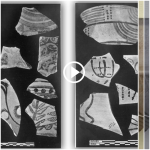An exquisite 3,000-year-old linen glove found King Tutankhamun’s tomb, perhaps used for riding horses

One of the oldest gloves in history dates back over 3,000 years, found among the treasures of the young Egyptian pharaoh, King Tutankhamun. This ancient glove, a remarkable artifact from a bygone era, was crafted from linen and adorned with beautiful embroidery. Unlike modern gloves, which are often designed for warmth, Tutankhamun’s glove served a different purpose, likely used for horseback riding in ancient Egypt.
The glove’s material is significant; it was made from linen, not wool. Linen, derived from the flax plant, was a common textile in ancient Egypt due to its availability and suitability for the hot climate. Wool, on the other hand, was less commonly used in Egypt because it was considered less practical in the heat. The choice of linen highlights the Egyptians’ resourcefulness and their ability to utilize local materials to create functional and aesthetically pleasing items.
The embroidery on the glove is a testament to the skilled craftsmanship of ancient Egyptian artisans. The intricate designs not only served a decorative purpose but also reflected the status and wealth of the wearer. In Tutankhamun’s case, the glove’s elaborate embroidery would have signified his royal status and the importance placed on artistry and detail in his time.

The use of the glove for horseback riding rather than for warmth is particularly intriguing. This suggests that the ancient Egyptians, much like other advanced civilizations of their time, had developed specialized attire for various activities. Horseback riding was likely an important activity for the pharaoh, both as a practical means of transportation and as a demonstration of power and skill. The glove would have provided protection and grip, essential for maintaining control while riding.
The discovery of Tutankhamun’s glove offers a fascinating glimpse into the daily life and practices of ancient Egypt. It reveals the sophistication of their textile production and the cultural significance placed on clothing and accessories. The glove’s preservation over millennia is a remarkable feat, allowing modern historians and archaeologists to study and appreciate the craftsmanship and functionality of ancient Egyptian attire.

Furthermore, the glove serves as a tangible connection to the young pharaoh himself. Tutankhamun, who ascended to the throne at a young age, remains one of the most well-known figures from ancient Egypt, largely due to the discovery of his nearly intact tomb in 1922 by Howard Carter. The artifacts found within, including the glove, provide invaluable insights into the life, culture, and technological advancements of ancient Egypt during Tutankhamun’s reign.
In conclusion, King Tutankhamun’s glove, dating back over 3,000 years, is a remarkable example of ancient Egyptian craftsmanship and ingenuity. Crafted from linen and beautifully embroidered, it was likely used for horseback riding rather than warmth, highlighting the specialized and functional nature of clothing in ancient Egypt. This artifact not only underscores the sophistication of ancient Egyptian society but also offers a personal connection to one of history’s most iconic pharaohs. The glove, preserved through the ages, continues to captivate and inform, providing a window into a civilization that has long fascinated the world.









